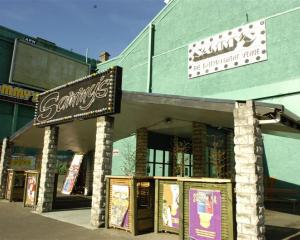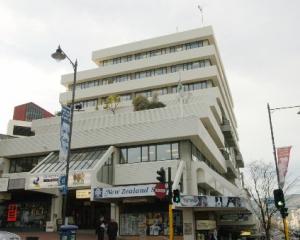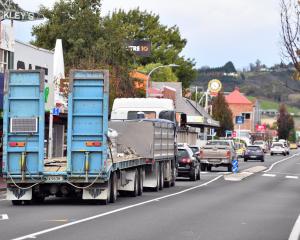
The new speed limits on Otago Peninsula on Portobello and Harington Point Rds are deeply concerning. These changes will have significant social and economic impacts on the tourism businesses and communities at the end of the peninsula.
This is something the Dunedin City Council does not appear to have factored into its decision.
The cumulative effect of the multiple 40kmh zones is to add a minimum of 15-20 minutes round-trip to town, extending to 30-40 minutes when traffic is slow. It is during the height of the summer tourist season that this latter delay will particularly bite.
There are numerous other impacts which are worth detailing:
- Bus drivers believe cruise ship passengers doing the round trip from Port Chalmers to Harington Point will face an extra 45-60 minutes’ travelling time.
- Visitors travelling to tourism attractions on the peninsula will have to add another 30-plus minutes to their trip, which could put people off coming.
- Locals in the greater Portobello area working and studying in town can add at least an hour and a-quarter to their travel time, which equates to an extra 60 hours a year.
- Essential services for peninsula residents such as tradesmen, septic tank cleanouts and water delivery will become more expensive because of the extra travelling time.
- Tourism workers who commute from the city face increased transport costs and travel time, which will make attracting staff difficult. They also face disruption to their daily lives when it comes to scheduling child care and after-school pickups.
- Public buses are going to take 15-20 minutes longer to get to town, affecting the times people arrive at school and work, which will affect getting to schools and work.
- Overall, already high and rising travel costs will go up 20%-30%.
- The peninsula has an active farming sector and stock transport will take longer, which is not ideal for the animals, and cost more.
This is all at a time when tourism businesses are still severely impacted by Covid, the rising cost of living and inflation, which are hitting households hard.
I have haven’t even touched on the impact on greenhouse gas emissions, mental health, keeping families apart for longer each day, and the increased risk of road injury from dangerous passing, brought on from pent-up frustration by some motorists.
Yet, despite the huge economic and social impact the changes are having, the decision by the DCC to reduce the speed limits does not appear to be evidence-based or be likely to result in improvements in safety statistics.
The evidence shows that:
- Waka Kotahi NZ Transport Agency statistics indicate there is already a low risk of serious injury or death on the low road. This is not a high-risk road.
- In setting the new speed limits, the DCC will have used the Waka Kotahi speed management guide, which states speed management should be targeted at areas where the greatest potential to reduce deaths and serious injuries and improve economic productivity exists. Why has the DCC targeted a low-risk area (Portobello Rd) and implemented speed reductions that harm economic productivity?
- The Waka Kotahi guide also states that users of the transport system should expect levels of service appropriate for the function of the road. I would argue the level of service is now much worse, having a significant economic impact on businesses at the end of the peninsula.
- It also says community engagement in and support for the speed management initiatives is crucial and needs to be “workable” and “accepted” by the community”. Not only was the rollout poorly communicated, most of this community, as demonstrated by hundreds of Facebook posts and letters to the editor, do not support the change and cannot understand why it was needed, especially as the road has just been improved. The perverse outcome is more dangerous driving, increased mental stress, and a very frustrated community as shown in the numerous Facebook posts on the community page.
- The bylaw is confusing. The written speed limit for Ōtākou is 50kmh and the map is 40kmh. Which is it?
- The decision for the speeds rests with the DCC as the road controlling authority.
It could have chosen, after doing the review and talking to the community, not to change the speed limits (Waka Kotahi correspondence).
Good leadership is about accepting when mistakes have been made, listening to the community and fixing it. I think most people would accept 40kmh zones through the townships, but they need to be significantly reduced in length.
Work with the community, DCC, to identify the length of those zones.
A bit of minor tweaking will not be sufficient to reverse the economic impacts. Ask the community.
They are your local experts and are the ones who use the road all the time.
I really hope the council can work with our community and make this work for everyone.
Nicola McGrouther is an Otago Peninsula resident












